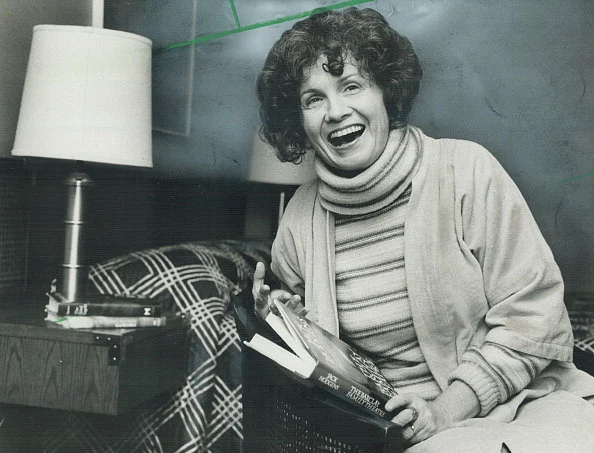The ‘art vs artist’ debate isn’t about imposing a high moral standard on artists; it is about expecting them to lead by example, aligning their personal conduct with the messages they convey through their art. This is only an ideal proposition. Instances of artists or screen heroes disappointing their admirers through their conduct are sadly not uncommon. The recent controversy surrounding Alice Munro, a celebrated Nobel Prize-winning short story writer and revered almost as a literary saint, serves as a poignant example within a recurring pattern.
Her daughter, Andrea Skinner, revealed that the Canadian author’s second husband, Gerald Fremlin, sexually abused her when she was just nine years old. Although Fremlin pleaded guilty for the sexual assault, Munro chose to remain with him till he died, prompting a deep “reassessment” of her legacy. This incident, however, has reignited the never-ending debate about whether art can be separated from the artist. There is no definitive answer to this question; a fact that holds true in Munro’s case too. Despite her celebrated status and the veneration she received, the controversy challenges the separation of her art from her personal life.
The debate revolves around key issues: the essence of artistic value, the ethical implications of engaging with controversial figures, and the effect of personal misconduct on an artist’s reputation. Both the proponents and the opponents of this debate have their examples to support their arguments. R Kelly, Woody Allen, and Pablo Picasso have all been accused of serious moral offenses, yet their work continues to captivate audiences. For many of Munro’s admirers, however, her personal failings and shortcomings appear too dominant to overlook. On the other hand, we have seen India’s #MeToo movement of 2018, which shed light on the abuse of power by prominent men in the arts, including directors, producers, artists, and musicians, and its disastrous effects on numerous women.
For most people, it all depends on the severity of offence an artist commits. People typically hold nuanced perspectives on different types of offenses and respond accordingly. Additionally, the popularity of the artist and the media’s amplification of the issue play significant roles in shaping the discourse around it.
In the Indian context, however, the ‘types of offence” significantly influence public opinion. Generally speaking, an offence that violates ethical values tends to tarnish the image of the artist. The cases of film actors Alok Nath and Salman Khan highlight how different types of “offenses” are perceived and judged by the public. Nath, who is celebrated for his roles of an ideal father or family elder, faced a severe backlash after allegations of sexual harassment surfaced, leading to a swift decline in his popularity. In contrast, Khan―despite various legal issues and public scrutiny involving road accidents, blackbuck poaching cases, and others―continues to maintain his stardom and has a massive fan following. While his philanthropic work might have blunted the attack on his image, it also appears that the public differentiates between the types of crimes.
However, various other factors come into play, influenced by the cultural context and social structure. The line between an artist’s personal life and their public image is often blurred. Their fans expect them to embody certain moral standards, making personal failings a potential threat to their popularity. This dynamic is particularly pronounced in Bollywood, where actors and artists are increasingly facing scrutiny for their political views.
The rise of social media has undoubtedly added complexity to the issue. Admirers can quickly turn into critics as they follow prevailing trends, and social media’s tendency towards negativism amplifies this effect.
The issue isn’t in black and white. The art-artist debate is deeply personal, where there is no universal moral standard to separate the art from the artist. While some may argue that the artist’s actions affect the value of the art, others believe the two can be judged separately. Ultimately, each person must navigate this issue according to their own moral compass, and there may not be a definitive answer.
(The author worked for Hindustan Times and The Statesman. At present, he works for UN agencies)
















